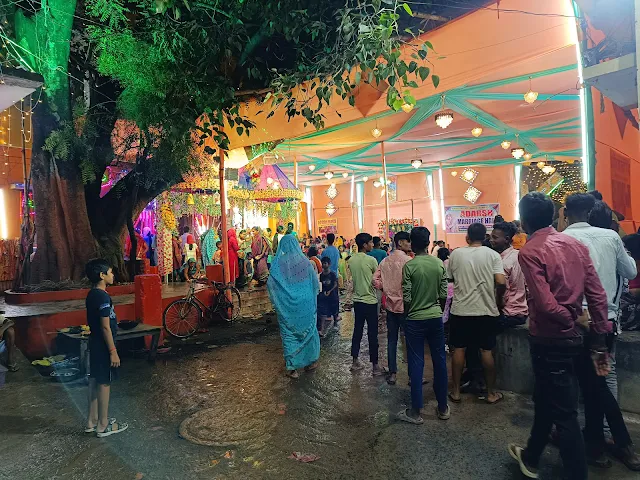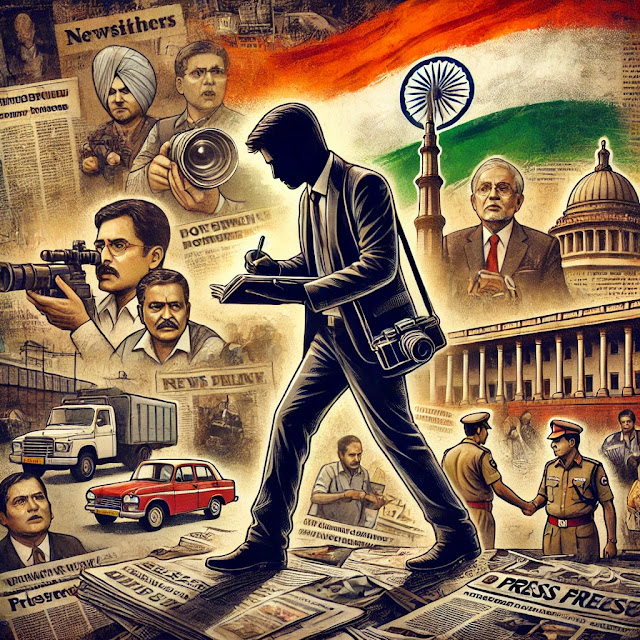Durga Puja Begins! Mata's Doors Open in Sacred Shrines and Streets Across the Country
The festive spirit of Navratri is in full swing across India as devotees prepare to celebrate the revered goddess Durga. With the opening of Mata's doors (Patta) in various sacred shrines and local streets, devotees now have the opportunity to offer their prayers and seek blessings. From the sixth day of Navratri, known as Shashthi, devotees have begun flocking to temples and makeshift pandals (temporary pavilions) to catch a glimpse of the goddess and immerse themselves in the festive atmosphere.
Influx of Devotees as Mata’s Patta Opens
From Shashthi onwards, the doors of the temples and pandals have opened for devotees to worship the goddess Durga. Huge crowds have already begun to gather at these sacred places to seek blessings. While this is only the beginning, the largest gatherings are typically seen on Saptami, Ashtami, and Navami the seventh, eighth, and ninth days of Navratri. These days hold special significance for devotees as they participate in grand rituals and offerings. The excitement and devotion of people are palpable as they engage in the festival's many traditions.
Managing Crowds: A Challenge
Each year, controlling the large crowds that gather during Durga Puja becomes a major challenge for local authorities. During this period, millions of devotees visit temples and pandals, making crowd management a crucial task. However, thanks to well-planned security and administrative measures, devotees are able to perform their rituals and enjoy the festivities without much difficulty. Authorities set up safety measures to ensure the smooth flow of people in and out of the crowded areas, ensuring the safety and comfort of everyone.
Grand Pandals in Every Street
Due to the growing excitement and enthusiasm for Durga Puja, grand pandals have now become a common sight not only in major cities but also in small towns, villages, and even narrow streets. What was once a festival celebrated primarily in large temples and prominent locations has now spread to every corner of the country. The grandeur and decoration of these pandals are awe-inspiring, with vibrant colors, intricate designs, and artistic depictions of the goddess Durga. People of all ages, from children to the elderly, actively participate in the festivities. These pandals host not only religious ceremonies but also cultural programs, attracting large crowds throughout the day and night.
Spiritual and Cultural Significance of Navratri
Navratri is not just a time for worship but also a festival deeply rooted in India's cultural and spiritual heritage. During these nine days, people observe fasts, offer special prayers, and invoke the nine forms of Goddess Durga. The festival culminates with Kanya Puja on Navami, where young girls, symbolizing the goddess herself, are worshipped and offered food. Festivities bring people together, fostering a sense of unity and shared devotion. The air is filled with spiritual songs, devotional dances like Garba and Dandiya, and the fragrance of incense, flowers, and offerings to the goddess.





Comments
Post a Comment